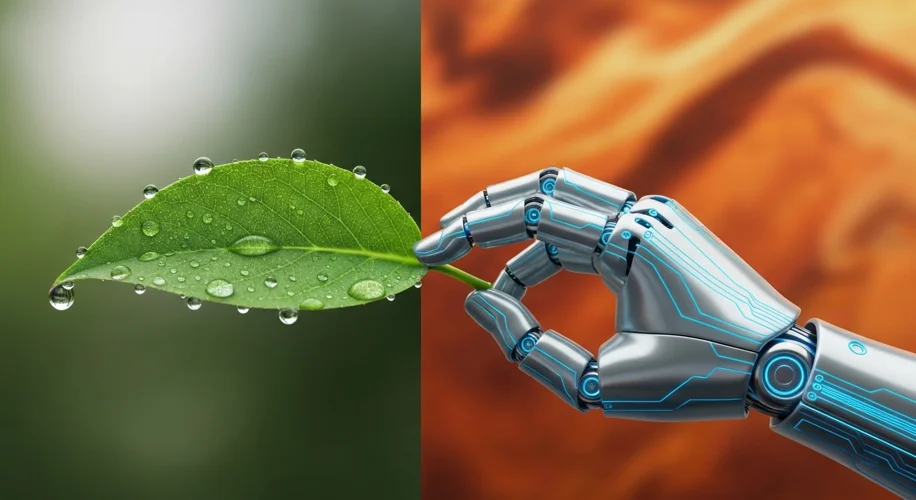Today, August 23, 2025, we’re diving into a question that’s both philosophical and scientific: Can a robot be alive?
It’s easy to see robots doing incredible things – from complex manufacturing to assisting in surgery. But when we talk about being ‘alive,’ what are we actually talking about? As someone with a background in atmospheric science and a deep appreciation for biology, I find this intersection of technology and life fascinating.
What Makes Something ‘Alive’?
Scientists have a few key characteristics they look for when defining life. Think of it as a checklist:
- Organization: Living things are made of cells, which are highly organized. Even a single-celled organism has complex internal structures.
- Metabolism: They need energy to function. This involves taking in nutrients, converting them into energy, and getting rid of waste.
- Growth: Living things grow and develop over time.
- Reproduction: They can create new organisms, passing on their genetic material.
- Response to Stimuli: They react to their environment. If something is hot, you move away, right?
- Adaptation/Evolution: Over generations, living populations can change to better suit their environment.
- Homeostasis: They maintain a stable internal environment, like keeping a consistent body temperature.
Can Robots Tick These Boxes?
Let’s look at current robots through this lens.
- Organization: Robots are certainly organized, but their structure is manufactured, not cellular. They have complex components, but not in the biological sense.
- Metabolism: Robots use energy (electricity), and they do process it to perform tasks. However, it’s a very different process from biological metabolism.
- Growth: Robots don’t typically grow in the way living things do. They can be upgraded or have parts replaced, but it’s not organic growth.
- Reproduction: This is a big one. While robots can be programmed to build other robots, they don’t reproduce through biological means, nor do they pass on genetic material. They are manufactured.
- Response to Stimuli: This is an area where robots excel! They have sensors that allow them to react to light, touch, sound, and more. This is similar to how living organisms respond to their environment.
- Adaptation/Evolution: Artificial intelligence (AI) can learn and adapt its behavior based on data. Some AI systems can even evolve their algorithms to become more efficient. This mimics adaptation, but it’s still a programmed or learned process, not biological evolution.
- Homeostasis: Some robots might have systems to regulate their internal temperature, but it’s usually a simple mechanical process, not the complex biological balancing act of living organisms.
The AI Angle
When we talk about AI, especially advanced forms, the lines can start to blur a bit. AI can process information, learn, and make decisions in ways that seem intelligent. However, intelligence isn’t the same as being alive. A calculator is intelligent at math, but it’s not alive.
Some researchers are exploring creating more autonomous and self-sustaining artificial systems. They might incorporate elements of self-repair or even rudimentary forms of ‘learning’ that could resemble biological adaptation. But these are still very far from replicating the full spectrum of life’s characteristics.
So, are robots alive?
Based on our current scientific understanding and the characteristics we use to define life, the answer is no.
Robots are incredible technological achievements. They can mimic many functions of living things, and their intelligence is rapidly advancing. But they lack the fundamental biological processes, self-replication, and inherent organic nature that define life as we know it. It’s a fascinating area to watch as technology continues to evolve!

